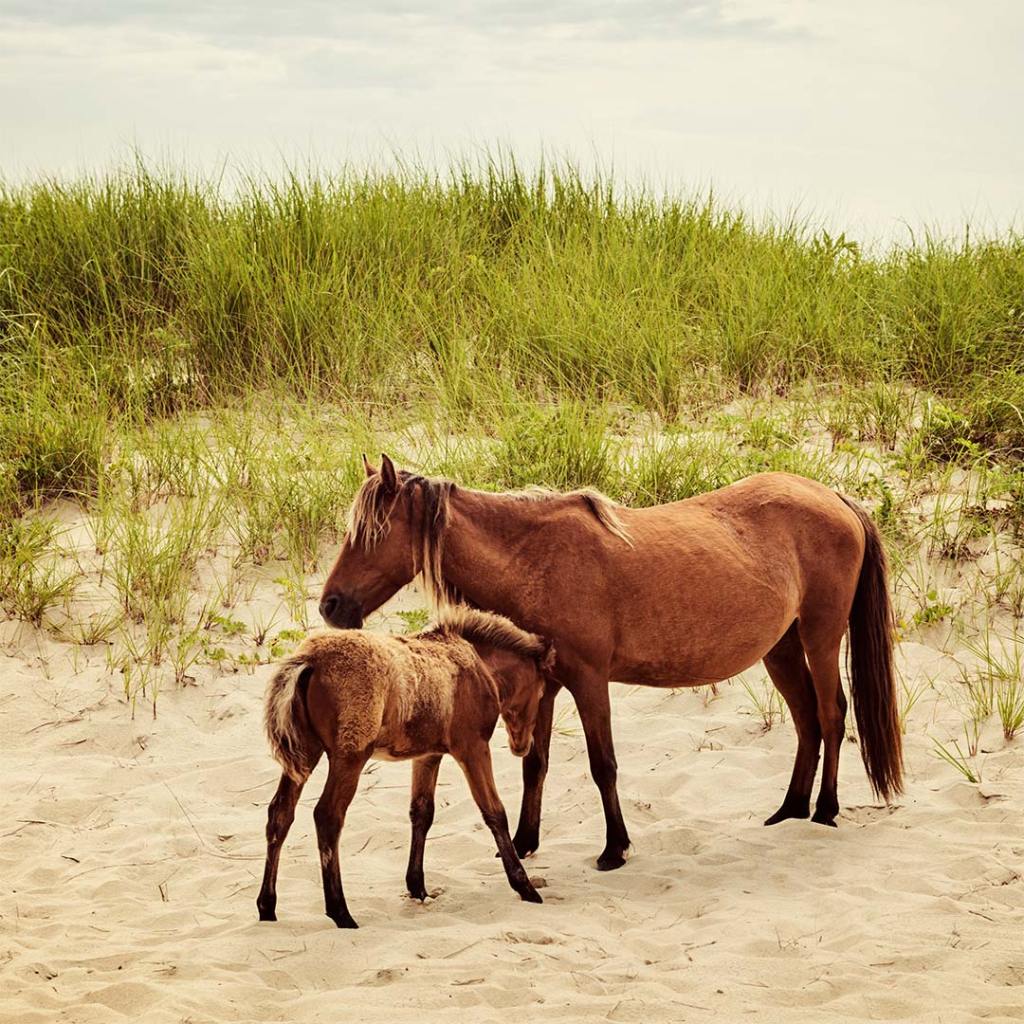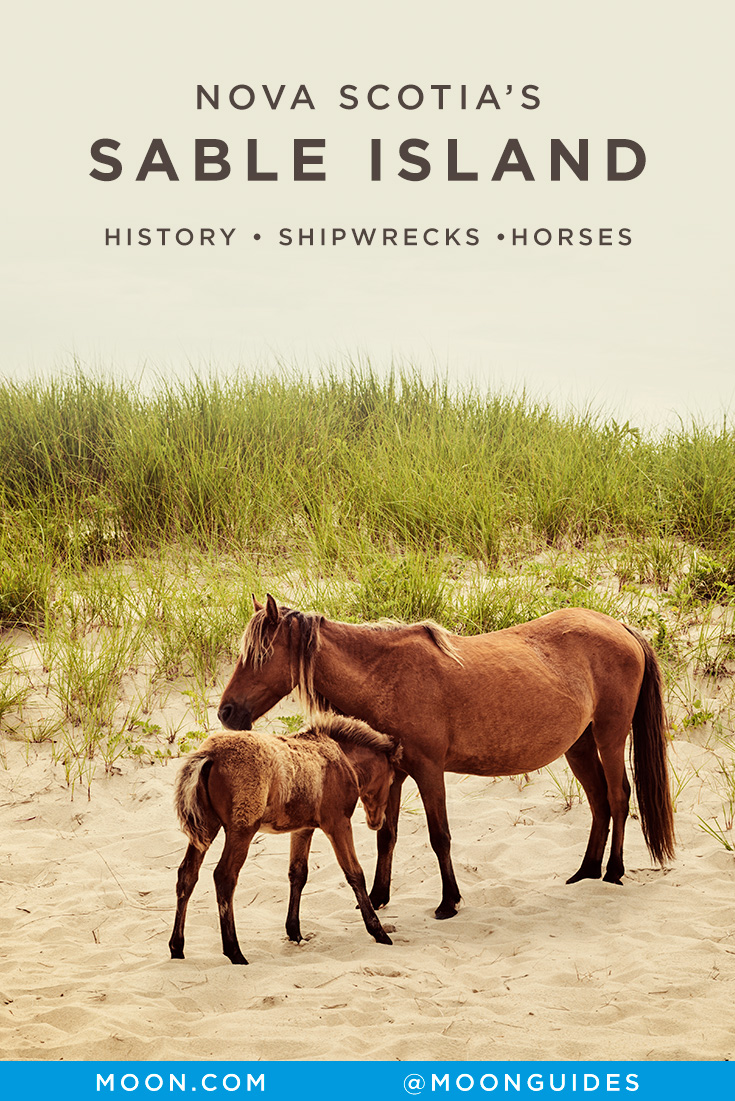Visiting Nova Scotia’s Sable Island
Just under 200 kilometers off Nova Scotia’s eastern coastline is a 40-kilometer-long sliver of sand that was known to generations of seafarers as the “Graveyard of the Atlantic.” Protected today as a national park, Sable Island is inhabited by a herd of horses that have taken on almost mythical proportions.

The island is made up entirely of sand. The sand is part of a terminal moraine left behind by the receding ice cap at the end of the last ice age 11,000 years ago. Hardy marram grass stabilizes the central part of the island, while seals and birds are also native. The island’s most famous residents are horses; they were introduced in the late 1700s. Some say it was to feed shipwreck victims, while others claim they were aboard ships that came to grief. Today, Sable Island is home to about 400 horses. They are of special interest since they are one of the world’s few truly wild horse populations, without feral intruders (such as domestic horses gone wild), and they are free to roam, feed, and reproduce without human interference.
Since Sable Island was first mapped in the late 1500s, more than 350 vessels have been wrecked along its fog-shrouded shore (the last was a small yacht, the Merrimac, in 1999). In 1801 a station manned with a lifesaving crew was established on the island. This government-operated service soon expanded to five stations and continued until 1958. Today, the island has a year-round population of fewer than 20 people—mostly scientists who study the weather and monitor the island’s environment.
Visiting Sable Island
Only about 200 intrepid travelers visit Sable Island each year, most arriving by air charter or private vessel and staying for just the day. The season runs June-October, but June and July are often foggy. If you’d like to visit, the first step is to register with Parks Canada (902/426-5080). You will then need to arrange fixed-wing air charters from Halifax through Sable Aviation (902/499-7941), which charges $6,200 for the round-trip, inclusive of taxes; Parks Canada also charges a $500 per flight landing fee (collected by the airline). These flights take up to seven passengers, so the best way to reduce costs is to check the company website for a link to a Facebook page dedicated to sharing costs of reaching the island. The best source of island information is the website of the Friends of Sable Island Society.
Related Travel Guide
Pin For Later
